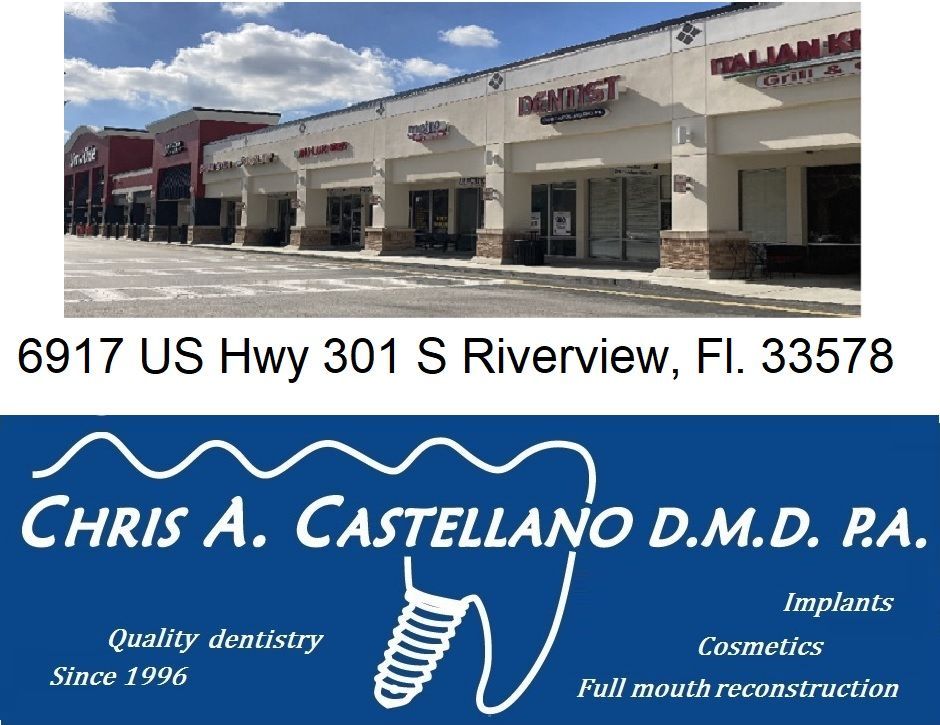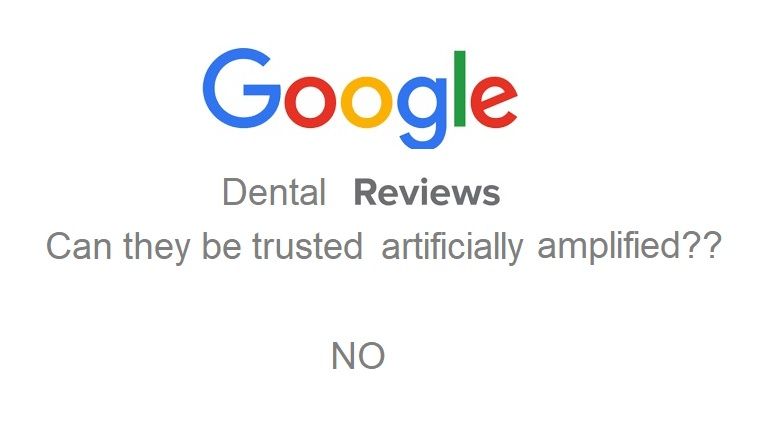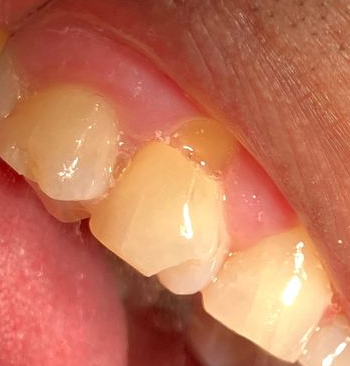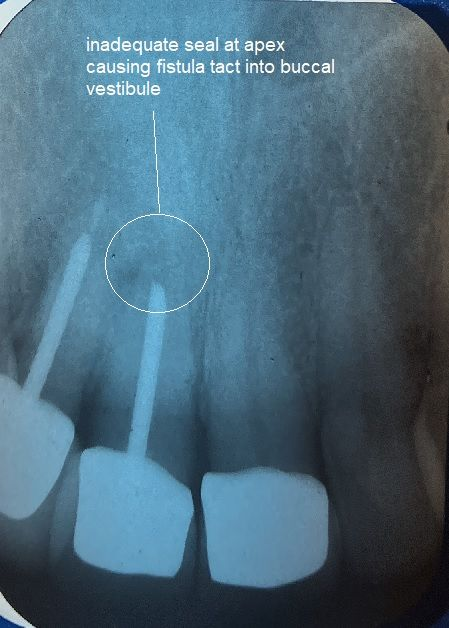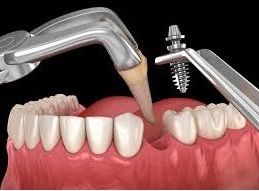Why Root Canals Fail — And What Can Be Done About It
If you’ve recently had a root canal or are considering one, you might be wondering: why do root canals fail? Root canal treatment is one of the most effective ways to save a damaged or infected tooth. While root canals have a high success rate — often over 90% — failures do happen sometimes soon after or even years after. This article is to help you understanding the common reasons behind root canal failure and what can be done about it after it happens.
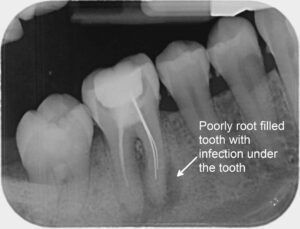
Top Reasons Why Root Canals Fail
- Incomplete Cleaning and Shaping of the Root Canals
Sometimes, tiny canals or complex anatomy make it hard to completely remove all infected tissue. Bacteria left behind can cause reinfection, leading to pain and swelling. - Missed Canals
Some teeth have extra or unusual canals that can be missed during treatment. These untreated canals may harbor bacteria that cause the infection to return. - Cracked or Fractured Tooth
A crack in the tooth can allow bacteria to enter, even after a root canal. This often leads to persistent infection and may require retreatment or extraction. - Poor Seal or Filling
If the filling material does not completely seal the canals, bacteria can re-enter and cause infection. This can happen if the filling deteriorates or if there was a technical error during treatment. - New Decay
Tooth decay that develops after a root canal can expose the treated area to bacteria, leading to failure. - Delayed Crown Placement
Root canal-treated teeth often need crowns to protect them. Delays in getting a crown can cause the tooth to weaken or crack, increasing the risk of failure.
Symptoms of a Failed Root Canal
- Persistent or recurring pain
- Swelling or tenderness near the treated tooth
- Tooth discoloration
- Gum boil or pimple near the root of the tooth
- Sensitivity to pressure or chewing

How to Prevent Root Canal Failure
- Choose an experienced endodontist or dentist specializing in root canals
- Get a crown placed as soon as recommended after the root canal is done.
Retreatment and Alternatives
If a root canal fails, retreatment (re-root canal) may be possible to save the tooth if access through the crown is possible.
- after retreatment coronal restoration and or post are needed
In some cases, if too obstructed with posts or restorationsan apicoectomy (surgical removal of the root tip with retrograde fill).
- apicoectomy the tooth is retained no further restoration is needed
Extraction might be necessary. Your dentist will evaluate your options and recommend the best course of action.
- extraction restoration options:
- nothing live with the space
- immediate implant
- fixed bridge
- partial denture
Frequently Asked Questions on Root Canal Failure
Why choose us in Riverview?
Dr Castellano has been doing root canal treatments since 1999. He has completed many continuing dental education hours on root canal therapy. Our goal is to to preserve your natural teeth and prevent complications.
If this is not possible it's great to know we can handle the other treament alternatives. Dr Castellano surgically places and restores implants. He is also very well versed in the convetional dentistry of fixed bridges and partial dentures to restore your smile
If you’re experiencing discomfort or have concerns about a previous root canal, contact us today for a thorough evaluation.
#riverviewdentist #riverviewrootcanal #failedrootcanal #toothacheriverview #emergencydentistriverview #dentistnearme33578#saturdaydentist
We offer Saturday and same day emergency appointmnets!
